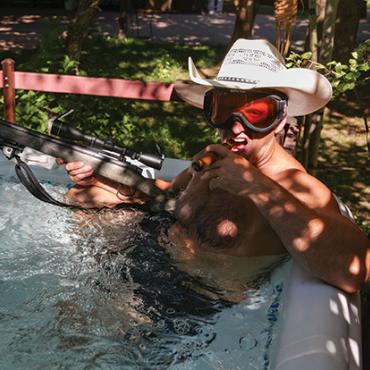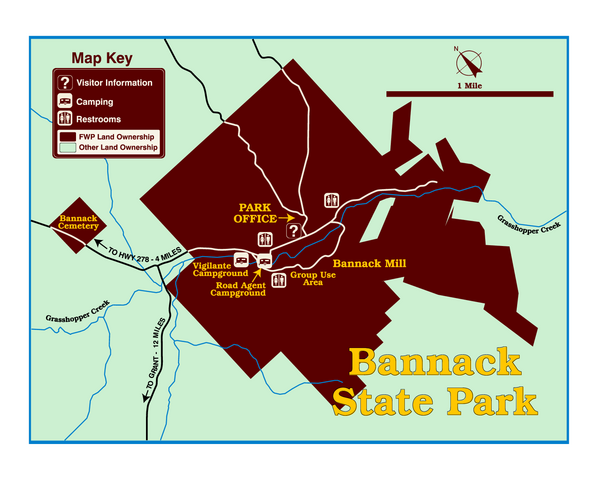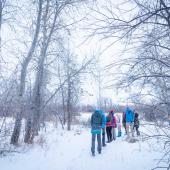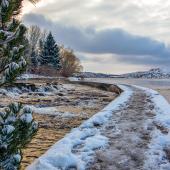Weekender: Bannack State Park
The liveliest ghost town around.
Sometimes, out there in the big wide open of rural Montana, the past flows steadily into the present, like a spring creek bubbling up out of the earth and into a nearby stream. One such fountainhead is Bannack State Park, where frontier history, gold-mining glory, and vigilante violence all come together in a 1,529-acre oasis of antiquity. Just a 30-minute drive from Dillon, Bannack is well-preserved and open year-round, with attractions and activities for adults and children alike. What's more, there's a bevy of recreational options nearby in which to sandwich your Old West education.
In Montana, the drive is often as enjoyable as the destination, and this holds true with a trip to Bannack. Though you can certainly speed down the interstate to Dillon, I recommend a scenic detour through the Big Hole Valley. About 25 miles south of Butte, exit I-15 at Divide and wander west, along the Big Hole River. Eventually the canyon opens up to a scene right out of Lonesome Dove: vast open fields, mountains all around, nothing but sagebrush and cows in between. This is Old Montana at its finest, offering a pleasant transition from the hustle-and-bustle of modern-day Bozeman to the pioneer vibe of Bannack.
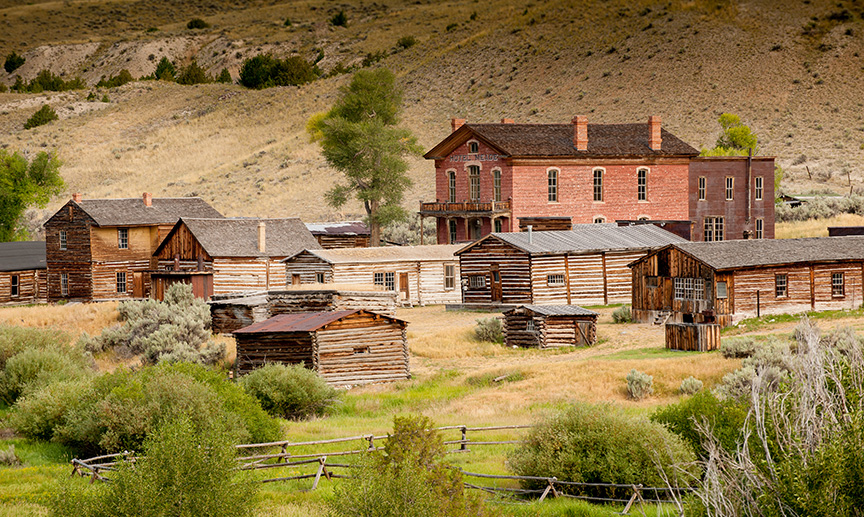
When you arrive at the park, start with a stroll along the boardwalks, poking your head into the various buildings of Montana's first territorial capital. Bannack was one of the area's earliest gold-rush towns, and in its heyday boasted 3,000 souls—an impressive number for the early 1860s. The Hotel Meade offers insight into the opulence of a boomtown built on precious metal. A few doors down, on the wall of an old saloon, the tale of Sheriff Henry Plummer is told: his infamous career as both bandit and lawman, and its abrupt termination by his fellow Bannack residents. Among it all is the haunting specter of the scaffold, where many a miscreant—and quite possibly, an innocent man or two—met an untimely end at the hands of unforgiving frontier law and brazen vigilante justice.
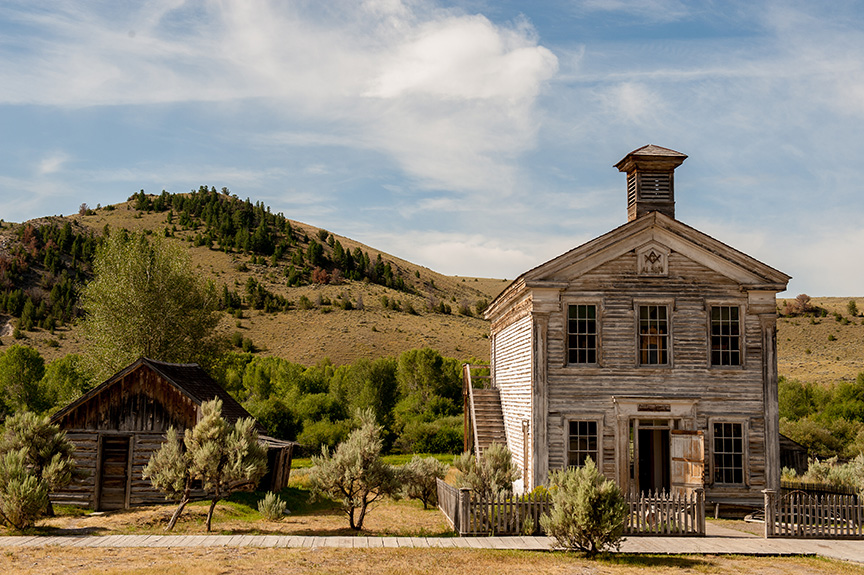
Over 50 buildings remain standing at Bannack; expect to spend some time taking it all in. When your eyes start to glaze over and your brain's near bursting, switch gears and strike out for some outdoor fun. Fall's a fine time in the upper Big Hole Valley, with cooler temps and fewer crowds than during the summer tourist season. If you're staying at Bannack—there are 28 campsites, including a rental tipi and a small hike-in/bike-in area—keep close to camp and fish the cool, winding water of Grasshopper Creek, which flows right through the park. Or take a hike into the surrounding hills, where, according to legend, the gold from Plummer's biggest heist is buried.
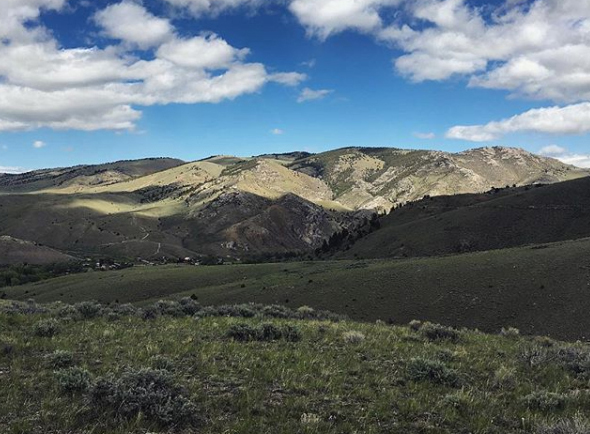
For a longer foray, load up the car and head north into the main Big Hole Valley, where mountains rise in every direction: the Pioneers to the east, the Pintlers to the north, and the long spine of the southern Bitterroots along the valley's western flank. Stop for a soak at Jackson Hot Springs, fish the Big Hole River, or hike to a mountain lake. When your brain's ready to re-engage, swing by the Big Hole Battlefield for another bout of Montana history.
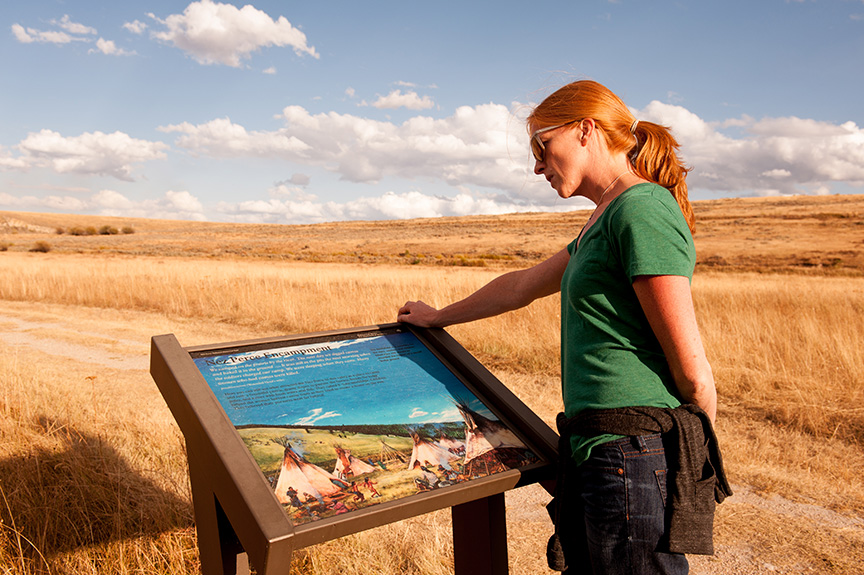
Can't make it down Dillon-way till after the holidays? Instead of hiking and fishing, ski through town and skate on the frozen dredge pond astride Grasshopper Creek. A warming hut and skate rentals await, as well as snacks and warm drinks, hosted by the Bannack Association. When you're ready for more, simply head up the road a few miles and ski Maverick, hit the nearby Nordic trails, and wrap up the weekend with a relaxing dip in Elkhorn Hot Springs.
Long story short: Montana's most popular ghost town is anything but dead. So set aside a weekend, tool down Dillon-way, and soak up some history while enjoying the activities and amenities of the present day.

